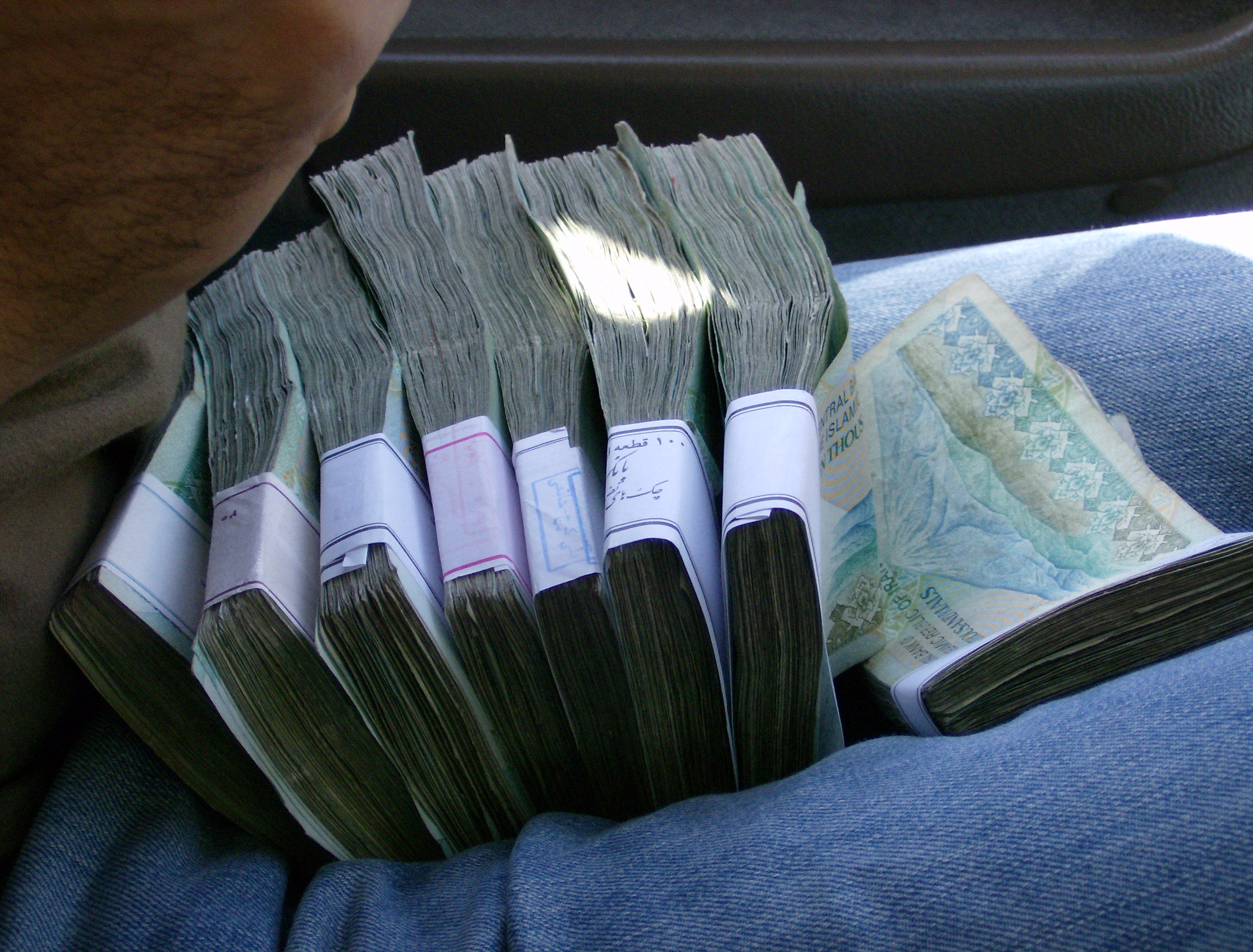Changing Iran’s official monetary unit from rial to toman would cost a hefty 30 trillion rials ($922.7 million), announced the head of Majlis Economic Commission.
“Based on early estimates, at least 30 trillion rials must be spent to change the monetary unit and this is a very heavy cost. Therefore, any decision to remove one or several zeroes must be based on expert studies,” Mohammad Reza Pour-Ebrahimi was also quoted as saying by Banker.ir.
During a Cabinet meeting in early December, the government approved changing Iran’s monetary unit from rial to toman.
Rial is currently used in official documents and budget statements, although toman is the currency of choice for the Iranian people in daily transactions.
The parliament has yet to sign off on the plan which, upon implementation, would require the reprinting of all Iranian banknotes.
Pour-Ebrahimi’s comments come on the heels of those made by Hadi Akhlaqi, the CEO of Bank Mellat–a major private bank, who claimed that the “costs [of printing new banknotes] will not be significant”.
The head of the commission was critical of the plan’s timing, asking, “If we are going to do this, why not do it in a way that it would not impose more costs a few years down the road?”
Pour-Ebrahimi was referring to the fact that for years, a proposal has been put forward to lop off three to four zeroes from the national currency.
As per the current plan , the monetary change will see one zero removed, but as mentioned by a number of pundits and officials, implementing a currency switch now and executing the earlier proposal a few years later would only bring about unnecessary costs.
Pour-Ebrahimi noted that a six-month period would be required to complete the monetary change.
More Zeros
“Therefore, it is our proposal that if the government wishes to change the monetary unit by removing one zero, it is better if it considers the matter of removing four zeroes that has already been the subject of various studies,” he stressed.
The senior lawmaker spoke of the positive effect of removing three to four zeroes from the national currency, saying it will ease calculations and create a more positive sense with respect to the national currency’s value against other currencies.
He stressed that removing one zero will have no significant impact on the economy.
Pour-Ebrahimi concluded by saying that the government can learn a thing or two from similar experiences of other nations such as Turkey in changing their monetary unit.
However, Ali Divandari, the head of Monetary and Banking Research Institute affiliated to the Central Bank of Iran, said the monetary change is “strictly a nominal change and removing zeroes is not being discussed”.
Speaking at a press conference, Divandari added that the change would have zero impact on business transactions.
He also said because the rial “would not be removed” and will stay on as a lesser currency to the basic toman, there is no need to reprint banknotes “unless current notes get worn-out or with their gradual elimination from the cycle, banknotes with the new monetary unit will be printed.


